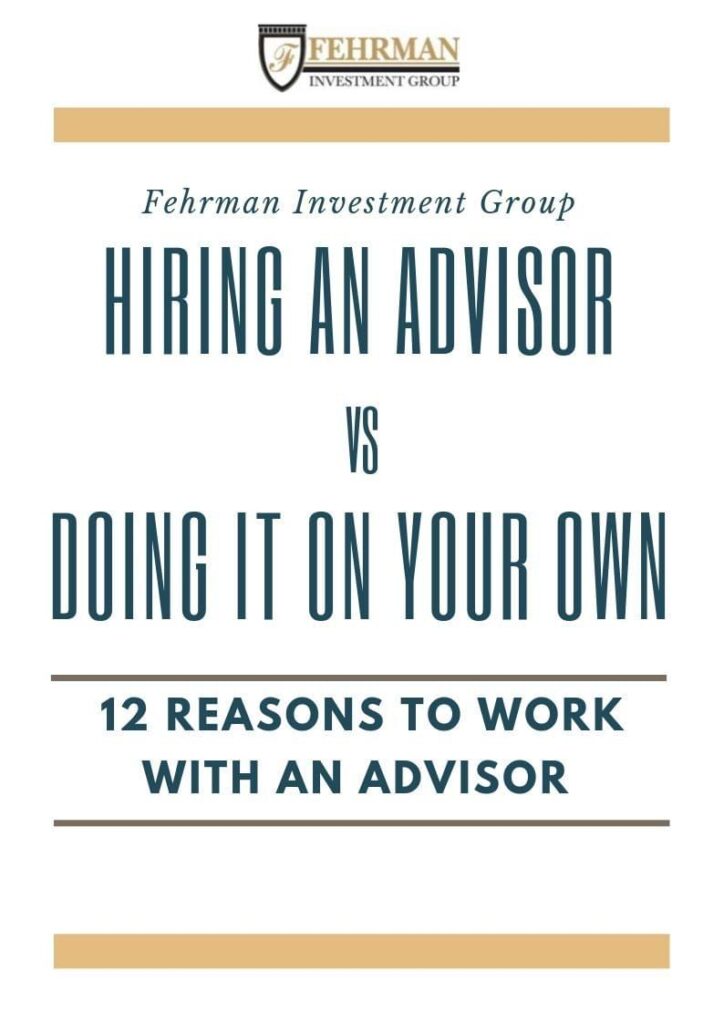Talking to children about money
Lesson 1: Tradeoffs
During the month of June, we will be discussing the importance of talking to your children about money.
While discussing the management of money is not every parent’s favorite topic, it is a crucial lesson for children and young adults as, according to Raymond James, “18-25-year-olds are the fastest growing segment of our population to file for bankruptcy.”
The lesson of tradeoffs lays the foundation for discussing money. Every transaction has a tradeoff, some good and some bad. If you spend money on one thing, you cannot spend or save that money again. Ultimately, every decision to spend or save has consequences.
Lesson 2: Saving
After teaching your child that every decision to spend or save has a tradeoff, the next step of saving becomes easier. Most children understanding saving in the short term, such as to buy a new toy. However, it is important to introduce the idea of saving for the long term as well, such as for a car or college.
A great way to encourage this is to match a certain percentage of the amount of money they are saving (this is helpful for explaining 401(k)’s later on too!). Helping your child track their savings over time also makes it more fulfilling as they see their hard work paying off.
Lesson 3: Budgeting
Because your child now understands tradeoffs and saving, they are ready to begin budgeting. The best way to begin is have your child write out their income (allowance, part time work, etc.) and any expenses they may be responsible for to calculate their net income. As you are talking through expenses, encourage them to consider their spending choices and whether some items are a “want” or a “need.” Also, encourage them to pay themselves first (put money into their savings) once the necessary expenses are covered. Finally, while it may be difficult, as much as possible, do not bail them out. If your child can always depend on you for money, they will never learn to be self-sufficient.
Lesson 4: Credit
Once your child is a little older and they have learned about tradeoffs, saving, and budgeting, it is helpful to introduce the idea of credit and how to build it. Before getting your child a credit card, it is important that they understand how it works; interest, any applicable fees, minimum payments, etc. It is also important that they understand how long it takes to pay off credit card debt if they only make the minimum payment. A best practice for credit cards, regardless of age, is to pay it off completely each billing period.
References:





